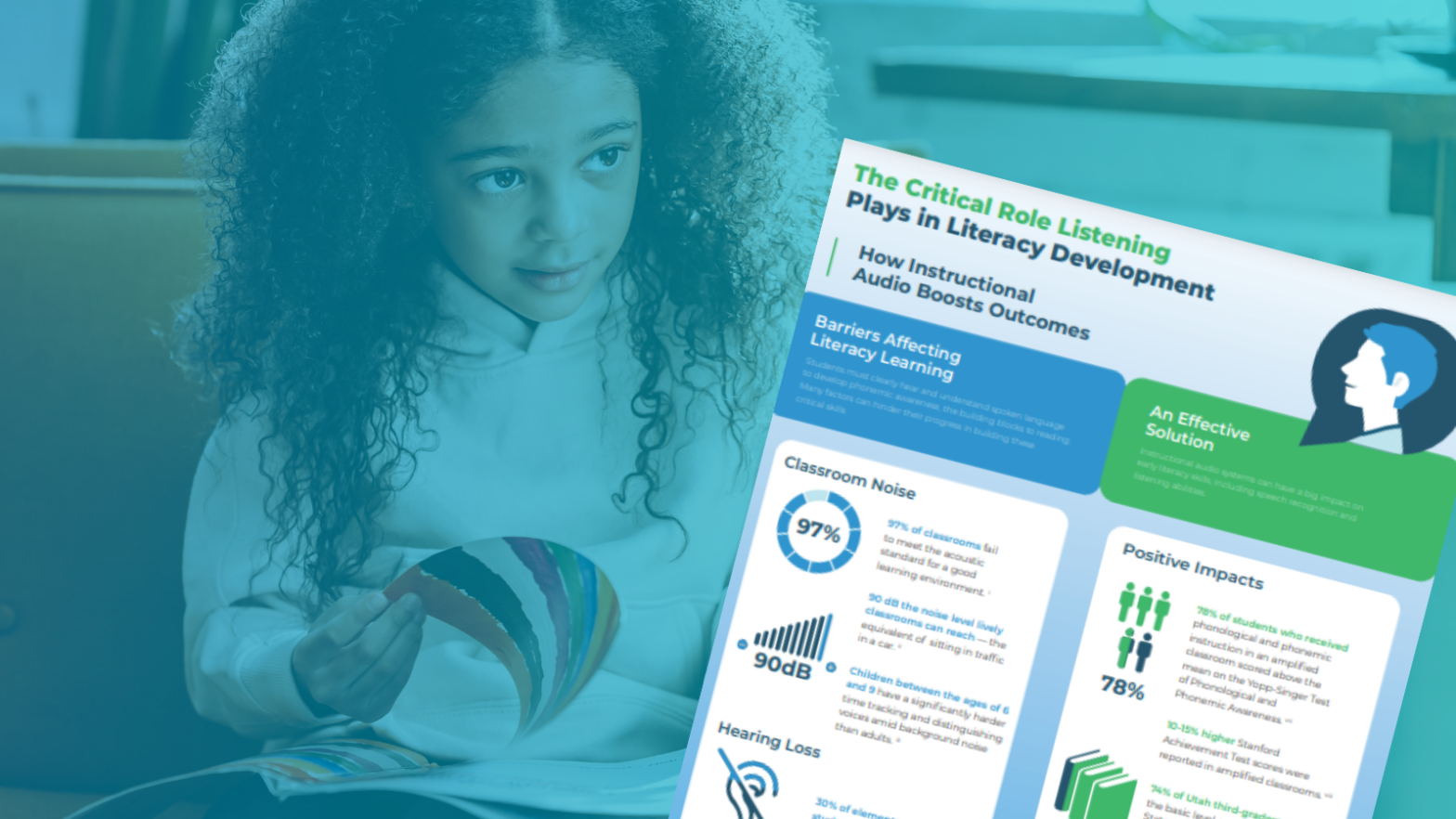4 Reasons to Incorporate Video PD in Your Classroom
Previously featured in simpleK12 – September 8, 2017
Have you ever found yourself saying, “I just wish you could have seen and heard the student’s conversations for yourself?” Video PD is changing the way teachers engage in peer-to-peer collaboration, and how schools conduct teacher assessments.
Here are four reasons why teachers are latching on to this new concept:
- Increases Peer-to-Peer Collaboration
More often than not, a teacher’s peer-to-peer collaboration time is during the four-minute passing period, lunch, and in the few precious moments before or after students come into the classroom. Tools that promote peer-to-peer collaboration are a huge win because, honestly, no matter how much time teachers are given for professional development (PD), they could always use more time to collaborate. - Never Miss the “ah-ha” Moment
During live observations, sometimes the observer must leave the room two or three minutes before the teacher gets to a major “ah-ha” moment, and may miss critical student interactions. With video PD, teachers can send footage to administrators or coaches and say, “This is what you missed, and this is where the students were going with the concept.” - It’s Easy When Using a Mobile Device
Educators at Andover Middle School in Andover, Kansas, recently shared their thoughts about using mobile devices. Utilizing the camera on an iOS or Android device, the teachers use portable two-way Activate audio pods to capture and record their lessons including student conversations. Educators then push the content to a cloud-based video storage platform for collaboration within individual learning communities. Teachers can watch and listen to their own instruction for self-reflection, or share with administrators, coaches, and colleagues to learn new techniques and methods. - Show and Tell Without Leaving the Classroom
This past spring, Andover Middle School teacher Andrea Friend’s students engaged in a lesson that she wanted to share with a colleague. She used a handheld device to record videos of student discussions while they were able to explore the topic for themselves. By viewing the video, her colleague was able to see the value of the lesson and decided to engage his students in the same experience. A friend and her colleague switched classes the next day, and she recorded his students’ conversations so that, when he reentered the classroom, he had a clear understanding of what they had talked about. Doing this allowed all of the students to be on the same page, and saved both educators the time of having a detailed conversation about the lesson.
Video and photo capabilities in our everyday devices are rapidly increasing the use of video capture for independent learning, evidence of student understanding, and classroom observation and coaching. The implementation of video PD is not another initiative. Instead, it makes strategic initiatives easier to achieve.


